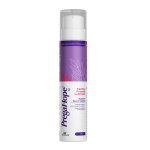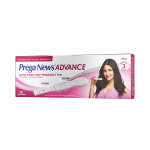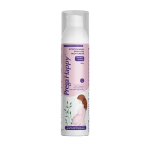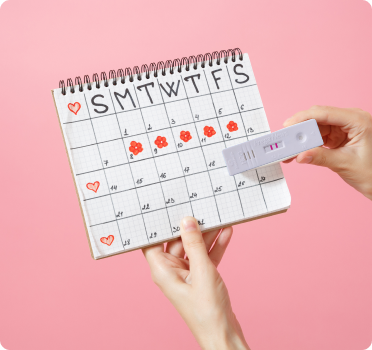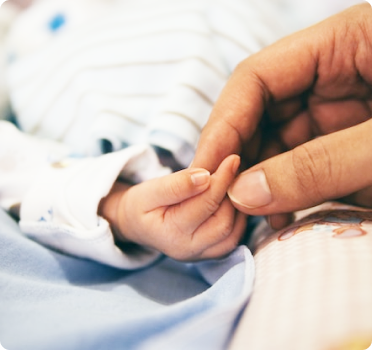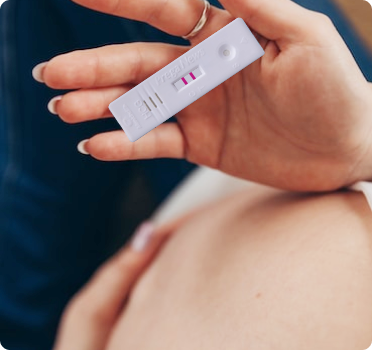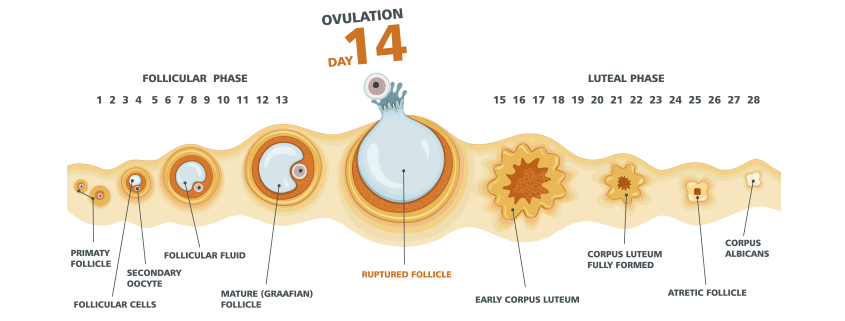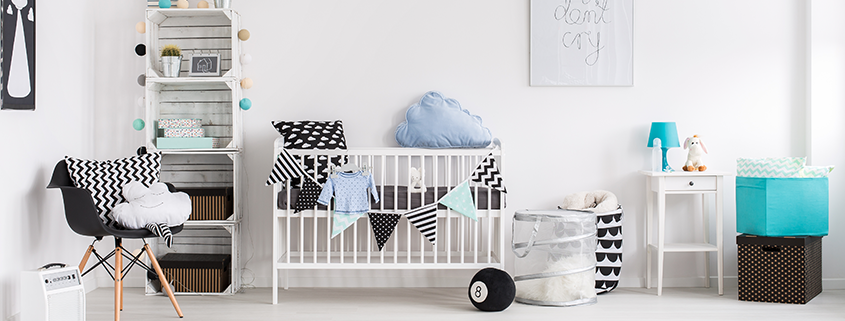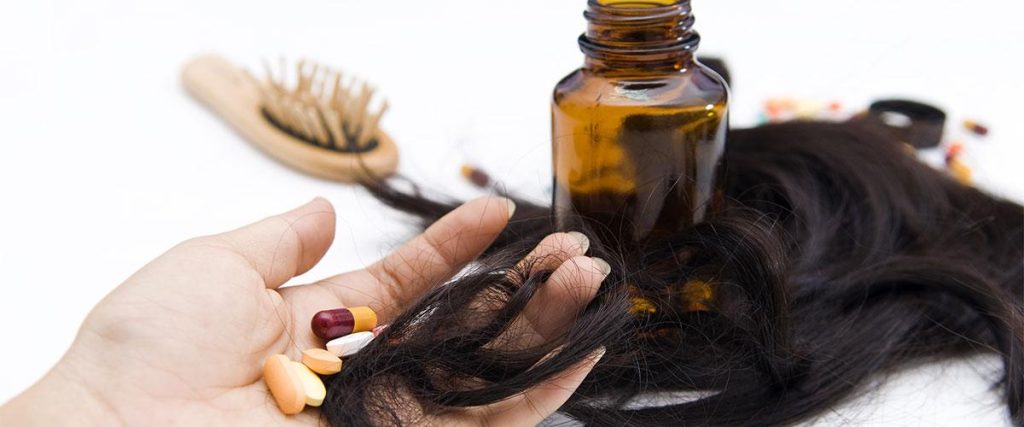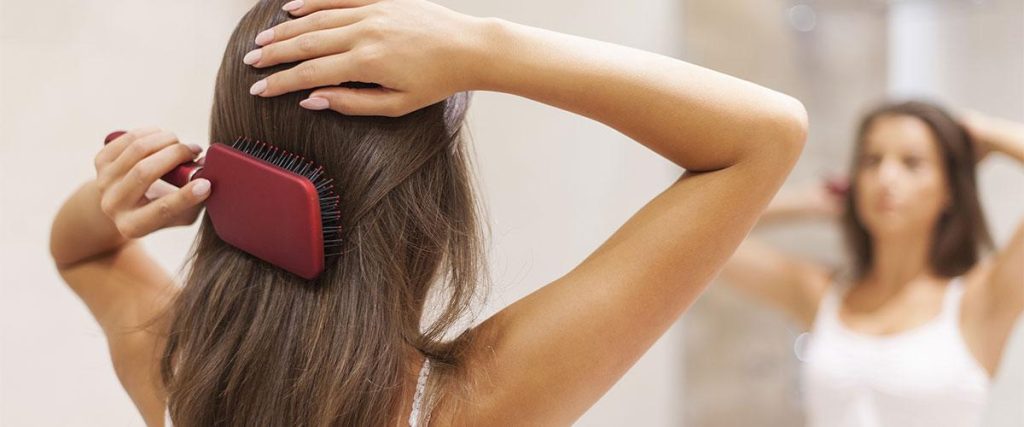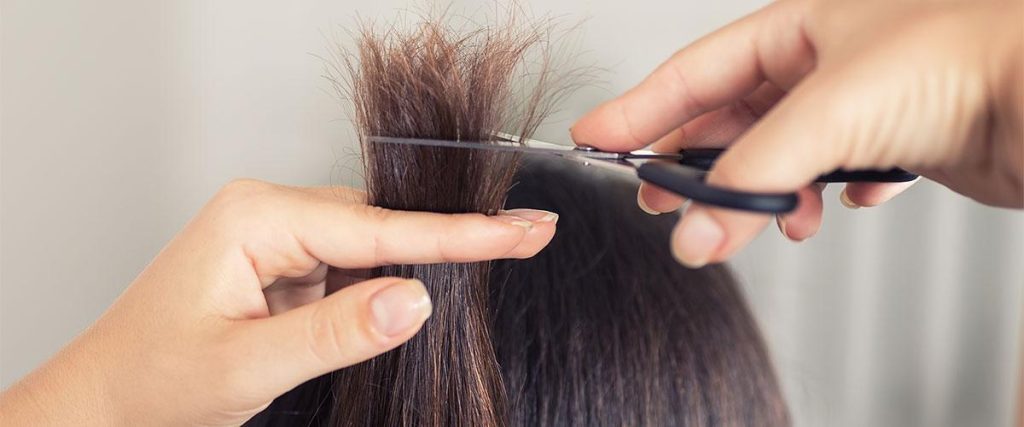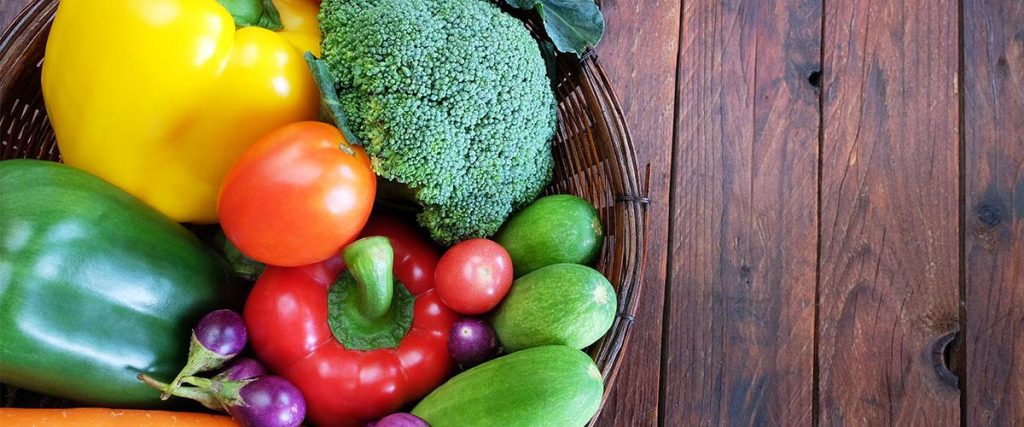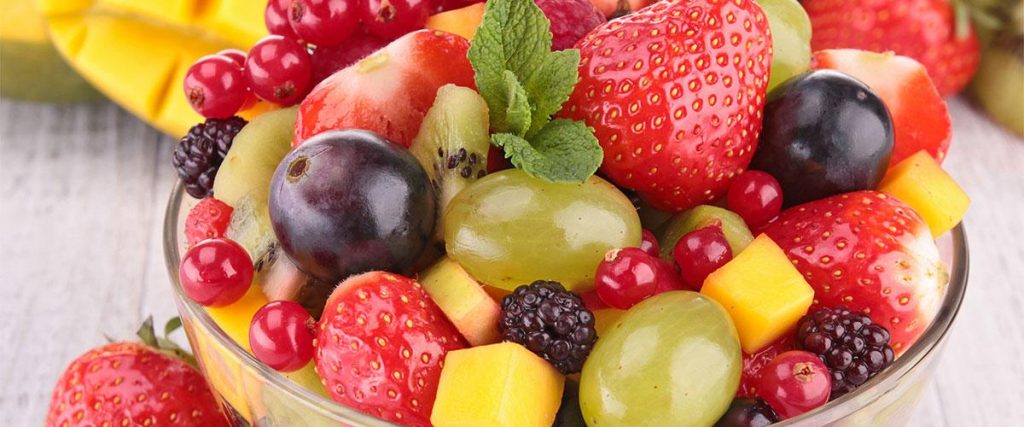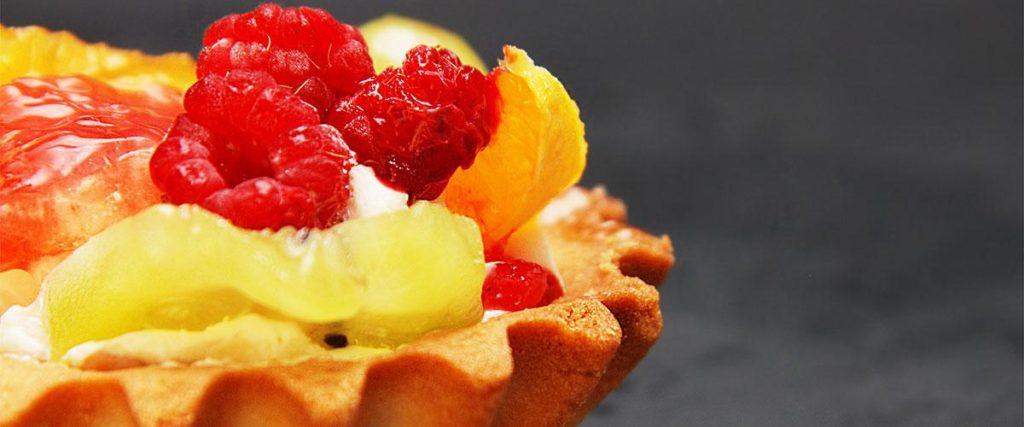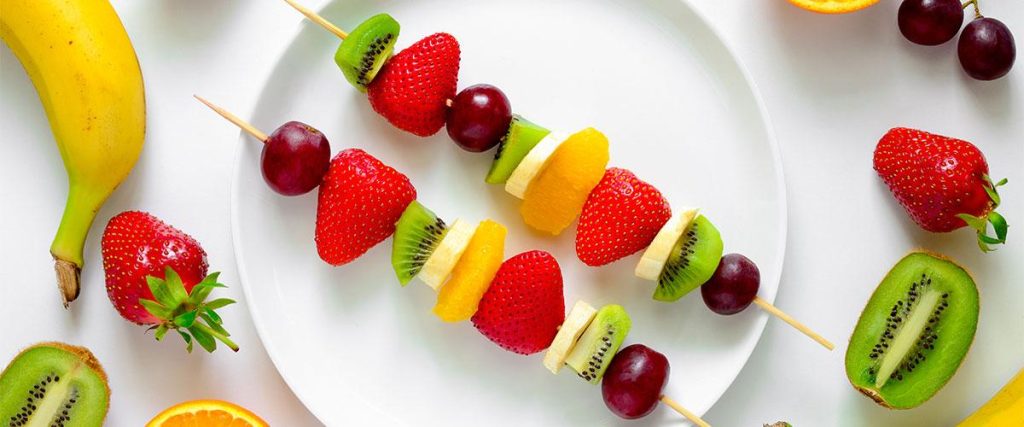BABY MASSAGE
Massages are an integral part of baby care, they can be as important as your pregnancy diet. Regular massaging helps in the development of the baby’s limbs and proper flow of blood to all the parts of the baby’s body. Massaging should be started within 10-15 days of the baby’s birth. Branded oils should be avoided as much as possible and the purest oils should be used. Currently, a wide range of baby massage oils are available in the market and you can have your pick. You must choose the oil that is best for your baby. Along with all the other important pregnancy tips, you’ll get here, using the perfect massage oil is right up there with all the other important tips.
HOW TO CHOOSE THE RIGHT OIL FOR YOUR BABY’S MESSAGE?
Here are a few tips which you can follow while choosing the right oil for baby’s massage.
- Consult Your doctor.
- Make sure that the oil you’re using is not meant for adult usage but is only meant for babies. Oils meant for adults can be harsh on a baby’s skin.
- Avoid strongly scented oils. And use oils that are edible and natural since it might enter the baby’s mouth while massaging.
- First, check whether the oil is acceptable to the baby’s skin or not. Do not immediately use any oil without first checking how it affects the baby’s skin.
- Do not mix oils to massage your baby.
- Don’t keep on changing the massage oil frequently, without consulting the doctor first.
- Continue using an oil, something which the baby’s skin has become accustomed to.
- Avoid oils with a mineral base or mineral type oils.
TYPES OF OIL THAT CAN BE USED TO MASSAGE BABIES
- Coconut Oil: It is considered to be the best oil to massage your baby. It is used plentifully in Southern India. Coconut oil contains antibacterial properties that are very beneficial for your baby’s skin.
- Almond Oil: This is also known as ‘Badam Tel’. It contains Vitamin E in high proportions as compared to other oils. It is very good for the skin of the baby. Use of almond oil for massage ensures glowing and soft skin.
- Mustard Oil: This oil is used on a very large scale in Northern India for massaging babies. It is very beneficial for use in winters. Mustard oil is also really good for hair and prevents the skin from developing infections.
- Pure Ghee: It is also used for massaging babies. However, it is not used on a very large scale. Massaging body with ghee prevents baby’s body from cold, especially during winters.
- Olive Oil: Olive oil is most popular in Western countries although it is used in India too. It is advised to use olive oil that is specially packaged for babies.
Your baby can be massaged with any of the above-mentioned oils. For best results, massage your baby regularly for until one to two years after birth. It is best advised to massage him/her yourself to develop a stronger bond and make your baby feel his/her mother’s touch. Follow the proper rules for massaging. You can ask for massaging tips from older women and mothers who have already had the experience in massaging newborns. In India, there is an unspoken tradition of grandmothers massaging their grandchildren, however, you can hire maids if you yourself are short of time.
DIET CHART
Earlier, pediatricians used to advise parents to start feeding their babies with cereal as soon as the baby turned one. Now, the recommendation has changed to after three-four months. And most recently, they have suggested withholding solid foods for until five-six months.
The primary reason for introducing a solid food diet is so that the baby can sleep throughout the night. If the baby is able to sleep, so can the parents. This technique does work sometimes for some babies but nutritionists are against it.
WHAT SHOULD BE INTRODUCED TO BABIES & WHEN?
Nutritionists advise an iron-rich diet once the baby starts eating solid food. For a long time, cereal that has been fortified with iron has been recommended as baby’s first food. Now, pediatricians advise finely grounded or strained meat to be used as first food instead of cereal. The iron and zinc in meat are better absorbed and more digestible than cereal. Although, many vegetarian families or some families simply might not be comfortable with feeding their babies meat at the very beginning. For such situation, iron-fortified cereal is the best option.
Most health care advisors suggest beginning with rice cereal as it is the least allergic. Further, it can be followed up with oatmeal, barley, and wheat. Other foods like vegetables, fruits, and meat can be given in later stages. Egg yolks, cheese, and other milk products can be introduced after eight months or so. Whole milk and whole eggs can be brought in after around 12 months after birth.
The best method is to wait for three days after introducing different foods to the baby to observe her/his reaction to it. Rashes, diarrhea, and/or vomiting are signs of allergic reactions. Delay the introduction of those foods to the baby, which are known to have a negative reaction in a family till he/she attains 12 months of age.
Since solid foods are delayed for six months, it is not advised to serve commercially prepared first foods. These products are designed for 1-2-month-old babies. Six-seven moth old babies can eat mashed and blended food. Mothers can use blenders, baby food mills, or forks for mashing and purring. Be careful and watchful for choking hazards. By the age of 8-10 months, your baby can be given small pieces of foods from the table. Foods like beets, turnip, carrots, collard greens, and spinach contain large amounts of nitrates which can cause anemia in infants. Recommendations on the timing of introducing solid foods should be on the basis of the nutritional needs and the physical development of infants.
The quantity to be served depends on the baby’s appetite, growth rate, and physical activity. Possibilities are that baby can gobble up food in one go; in contrast to it, the same child will not eat anything. Baby will “set the pace” and parents easily understand the speed and volume of it.
The crux of the matter is that the parents’ goal should be to give what is best for the baby’s development rather than pushing the timetable. Babies mature and grow fast when parents follow their set pace.
TRANSITION TO YOUR NEW LIFE
The first few weeks and months of a baby’s and parents’ life are full of ups and downs. Apart from the wonder and love, there is also your new role of fitting into a parent’s shoes and caring for your newborn. It can surely be exhausting for new moms and dads, but the transition can be smooth with some planning and effective communication.
You must be open to each other about the exact tasks that need to be performed in a particular week, narrow it down to each day, then both parents can take the responsibility for it so that not much has to be done on a daily basis. By following this practice daily, parents can also be at ease, can sleep well and nurture everyone in the family properly.
The initial days or weeks when a baby is born, are usually very busy, therefore, not an appropriate time for visitors. Parents must ensure that they make it understandable for friends and relatives. Always keep a company of those friends and relatives who are eager to support you and also extend a helping hand in handling the baby in your absence. It is better to communicate and let people know about your plans of spending some alone time with your baby or in case you have some other work, tell someone in advance so that they can help you with babysitting your little one.
In most of the cases, the baby catches the infection from the clothes. Therefore, it is of utmost importance to keep the baby’s clothes in hygienic and germ-free conditions. Taking care of your baby’s clothes is definitely a daunting task. Baby feels comfortable and stays cheerful in clean, germ-free, soft and lose clothes.
TAKING CARE OF BABY’S STUFF
- Wash your baby’s clothes with a mild detergent or soap only, as strong detergents are harsh and make the clothes rough. Baby’s clothes should be rinsed thoroughly. Remains of detergent or soap in the baby’s clothes are harmful to a baby’s skin.
- Try to use fabric softeners for washing baby’s clothes. It will keep baby’s clothes soft.
- Avoid washing the baby’s clothes in other clothes. Always wash and dry baby’s clothes separately as adult’s clothes may carry germs which may get transferred to baby’s clothes even after washing.
- Sundry baby’s clothes. It ensures bacteria free clothes.
- Don’t use high fragrant detergent or soaps for washing baby’s clothes.
- Soak baby’s clothes in warm water before washing. It removes the dirt and kills the germs.
- Baby’s clothes should be kept in a bag or wrapped in clean cloth after washing and drying. This ensures germ and dirt free clothes for the next use.
- Wash dirty cloth nappies and diapers separately with hot water.
CHOOSING THE RIGHT DIAPER FOR YOUR BABY
A mother can either prefer cloth diapers or disposable ones. For those who prefer disposable diapers should have sufficient stock in hand, at all times. Disposable diapers are more costly as compared to cloth diapers. Disposable diapers are used and throw; they don’t require cleaning whereas cloth diapers are made of natural fabrics and can be reused. The drawback of cloth diapers is that they need a lot of maintenance like washing and drying.
Comfort should be the main consideration for choosing disposable diapers. You need to ensure that the diaper should not be too loose or too tight. Loose diaper could lead to leaks and messy affair each time, also, too fit diapers can lead to red spots and rashes. Size matters a lot. The baby should be comfortable in his or her diaper.
HOW TO AVOID DIAPER RASHES
A Diaper rash is also known as ‘contact diaper rash’ or ‘diaper dermatitis’. Babies suffer from diaper rash when the dirty and wet diaper comes in contact with the skin for a long time. The moistened diaper irritates the skin. It is easy to prevent diaper rash with proper precautions, like the ones mentioned below:
Allow baby’s diaper area to dry naturally before putting on the new diaper. Change baby’s diaper as soon as it is wet and soiled. Try changing diaper, soaps or wipes, if diaper rash persists. Avoid using baby wipes that contain alcohol, it irritates the baby’s skin. Cloth diapers should be boiled after washing to make it germ-free.
REASONS WHY YOUR BABY IS CRANKY
Crying is normal and parents must try to comfort the baby when he cries. Babies cry when they want their needs addressed. Parents learn to get better at this with the passage of time and can differentiate when they are crying for what reason. Babies cry may be due to hunger or wet nappy or illness or when they feel sleepy.
- Fatigue – Babies often cry themselves to sleep. Parents need not to be too concerned as they often grow out of this. Soothing your baby by picking him/her up or handing over a dummy/toy for them to hold on to will extend the problem. Baby will develop a habit of it and it will be difficult for parents to make the baby learn to sleep on their own. A regular bedtime routine and adequate rest during the day is helpful.
- Indigestion – Babies also often cry because of colic pain – the form of indigestion. Baby can have indigestion from formula milk, mother’s milk, even from solid food. Normally, we get influenced from advertisements and introduce the new brand of formula milk to the baby, it might be possible that a particular brand does not suit the child and could lead to colic pain. But before you make the hasty decision of switching brands, see the pattern for a couple of more days. Change the brand, if the pain persists for more than two days. It’s a belief that the baby can suffer from the pain if the mother has eaten some heavy food which is difficult to digest. Analyze the food intake of the baby to identify the cause of indigestion. This is particularly when it comes to giving solid food to the child.
- Baby needs to burp – Babies feel uncomfortable when they swallow air. Parents can prevent it by taking few precautionary measures like keeping them upright as much as possible during feeding and burping. Ensure the baby burps regularly during feeds in order to expel swallowed air. Milk bottle should have the right-size tight hole to reduce air intake. Apply light pressure to the baby’s abdomen (by laying child across your lap, tummy down or upright against your shoulder) while patting or rubbing his/her back, to expel air from child’s body.
- For no reason at all – Sometimes though you take lot care of the child, but baby just not stop crying. Studies indicate that four out of five babies cry apparently for no reason. The minimum duration of crying session is 15 minutes and the maximum is an hour. Crying jags usually occur in the evening. The probable reason could be that part of the day is high on noise and activity level, as family returns home and prepares to settle down. Babies often cannot tolerate this heightened hustle-bustle, new sights change in sounds & smells. For the baby, it is the end of a tiring day. After the sensory overload, the baby relaxes by having a good cry.
BABY SLEEP
Congratulations on becoming a new parent! It is a very glorious time of your life. It’s a phase of recovery, adjustment, sometimes confusion and frustration, but mostly it is falling in love with your little one.
Babies in the age group of 0 to 4 months have different sleeping needs and patterns than the older ones.
The first few weeks of baby’s life: In the first eight weeks of their life, babies sleep for more than 16 hours and are unable to differentiate between day and night. The 24 hour day does not exist for them. But after eight weeks, their sleep pattern starts to change as they become more aligned to the day and night changes.
Learning to Self-Soothe: Allowing the baby to fall asleep on his/her own is the most important thing, according to infant “Sleep Researchers” & the leading “Baby Sleep Experts”. Numerous studies have shown that this practice helps the parents to overcome the difficulties in the sleeping pattern of infants.
A substantial late night feeding helps: Babies grow more rapidly as they are on a liquid diet. Breast milk is easier to digest than formula milk. Although it sounds nice to lay your little one for sleep at a predetermined bedtime and not hear a peep from him at midnight, this does not work for a newborn baby. Newborn babies need to be fed after 3-4 hours. In the first few months, a newborn will have tremendous growth spurts and will require feeding at night as well and not just during the daytime. This sometimes pushes that two- to four-hour schedule to a one-to-two-hour schedule round the clock.
The Difference Between Day and Night: Teach your baby the difference between night and day. This simply means that home should be a stimulating place during the day, and a quiet one at night. Reduce the amount of noise and stimulation as the sun goes down. Mothers can make their infants sleep throughout the night by feeding them late at night.
A bath can do the trick: A nice, warm bath before going to bed can be the perfect remedy for making your baby go to sleep faster. Baths relax your child, in addition to an oil massage. Not including too much activity in the bath like toys and such will soothe your baby and relax his/her enough for a peaceful night’s sleep.
A Pacifier: A pacifier is also part of the self-soothing technique. The soft ones are especially helpful in keeping your baby quiet and content and happily asleep. Studies also show that it may protect against SIDS (Sudden Infant Death Syndrome). It is better to remove the pacifier after your baby has fallen asleep since he/she might get hurt on rolling over.
Bedtime stories: Telling bedtime stories is another way of making your baby fall asleep. The soft soothing tone that you use will come in handy in future times as well. It doesn’t even matter at this point whether you’re reading Harry Potter or a magazine since your baby will only be concentrating on the rising and falling patterns of your voice.
For more tips on parenthood and pregnancy check out the rest of our site. From the pregnancy test calculator to the Shilpa Shetty pregnancy ad, this is the best place for expecting mothers.


